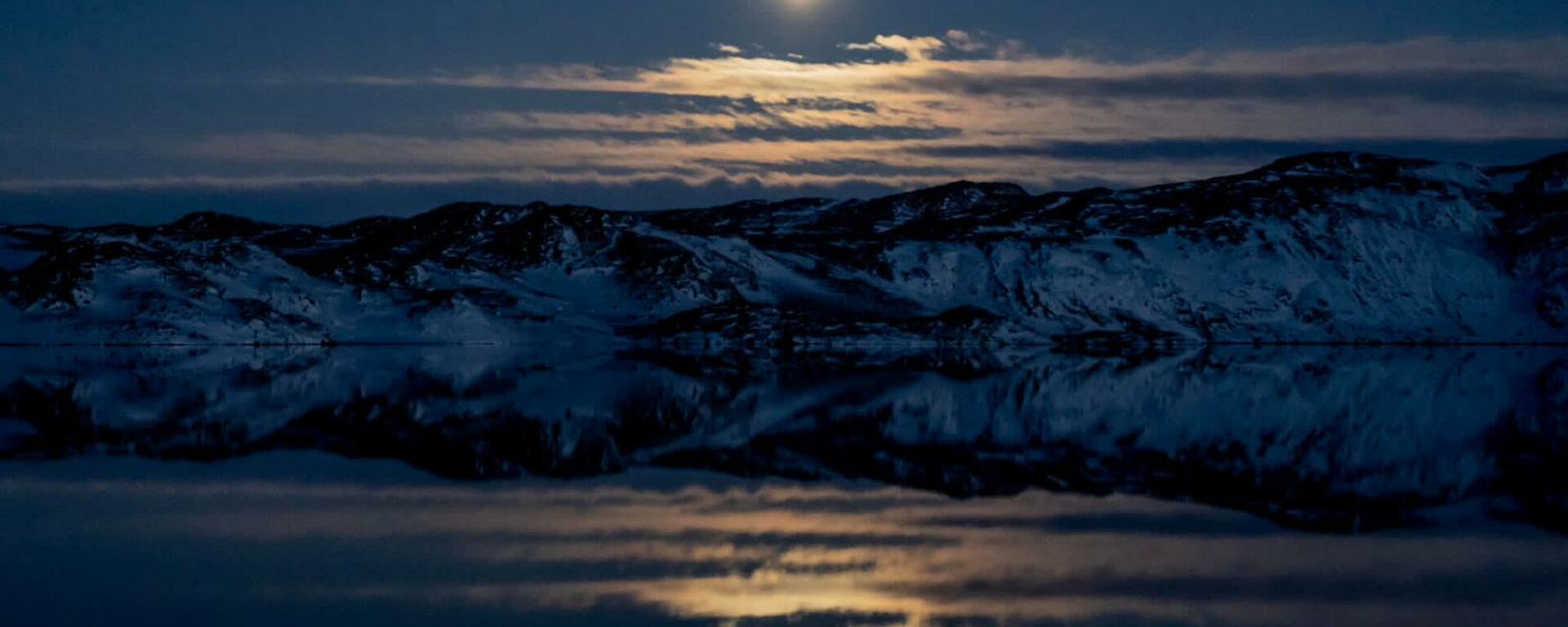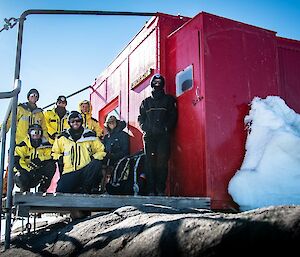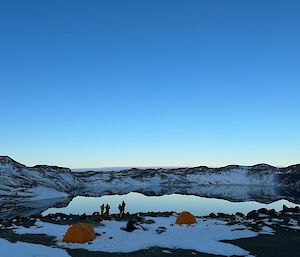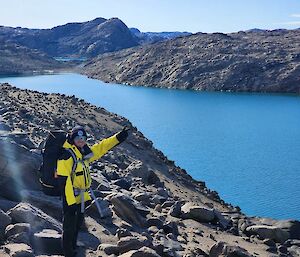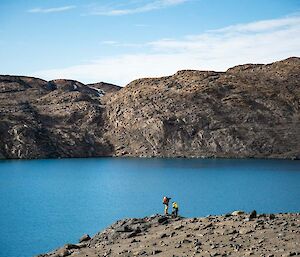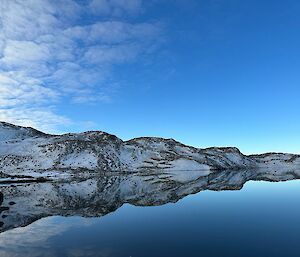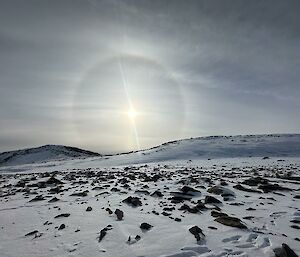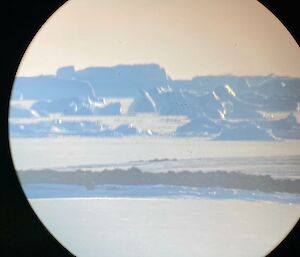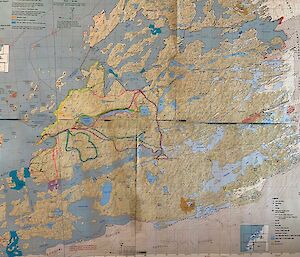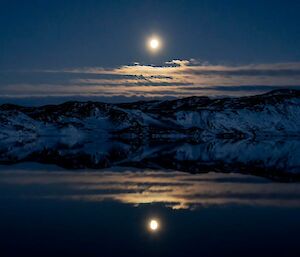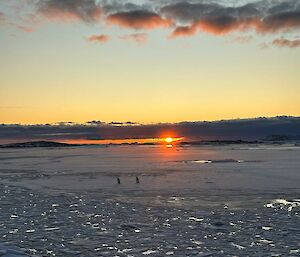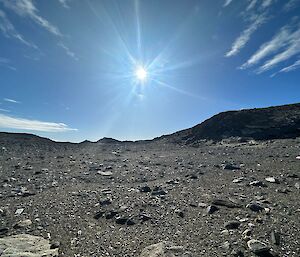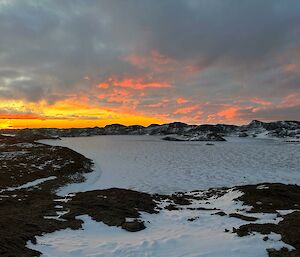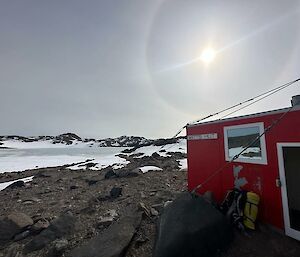Exploring the Vestfolds and the areas around station is quite different to what I’d expected. Being one of the rare ice-free areas of Antarctica and with the highest concentration of rocks in the world (don’t fact check me, but it sure feels like it), all travel through the area is undertaken on foot. Having to ensure you always have your survival gear and essential equipment plus some tasty snacks, your pack quickly adds up to around 15kg and you definitely feel it as you hop along from one rock to another. There are no designated routes or walking paths to follow through the hills, all trips must be pre-planned and signed off by the station leader three days prior to departure.
Camping in the frozen continent is quite different to Australia. Instead of fighting off mozzies and trying to keep your food and beers cold, you try and keep the cold from leaching into every piece of equipment and from freezing your lunch and drinking water. The standard shorts, thongs and beach towel doesn’t cut it in the sub-zero temperatures. Instead you keep the cold away with multiple layers of clothing, beanie and buff and some good sturdy boots. A nice warm sleeping bag resting on a Thermarest keeps you insulated from the snow below whilst you drift off to sleep holding onto your water bottle that you fill with hot water; no doubt it will be frozen solid before morning.
If a tent in the sub-zero temperatures doesn’t quite sound like your cup of tea, there are multiple huts scattered around the area to use as a base to explore from, most have basic cooking and heating facilities and get rather warm inside when the heaters are cranking. So far, we have only been able to access Brookes and Watts Huts. They are both similar with four bunk beds and a small room to cook food, have a nice hot tea and play cards and thaw out in. The views around are stunning and although the huts are about 8kms apart, they are both situated at the end of fjords and are very close to fresh water lakes. A quick scramble up the adjacent hills gives spectacular views of the surrounding hills and the plateau in the background.
Getting itchy feet whilst we wait for sea ice travel to open for the season and provide a highway of access through the dynamic landscape, it will be a welcome change from hiking through the rocky Vestfolds. Once the ice opens our packs can get thrown onto a sled and dragged along, using almost no effort as it slides along the ice behind us we will be able to explore more of the area. I can’t wait to go see up-close the icebergs we have been looking at from the dining room window telescope that have been trapped in the frozen ocean and walk through a frozen fjord admiring the landscape around. Most of all though the sea ice opening will give us the opportunity to finally see the Sørsdal Glacier. Although its only 12km from station we haven’t had the opportunity to see this giant wonder up-close catching only minor glimpses from the tops of some hills.
Mick Cloke
Davis Station Plumber

